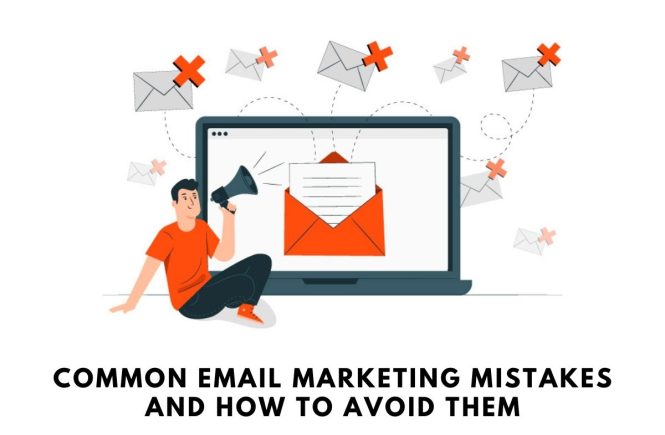How to fix email marketing mistakes
As a digital marketer, you will make some mistakes—everyone does. But, it’s how you react to your mistakes that matters. In this reading, you will learn how to regain the trust of your users after you make a mistake.
Mistakes in email marketing
At some point, as a digital marketer, you’ll probably send emails out to a large number of people. This means that if there is a mistake in your email, several people may see it. That’s ok—as long as you take the following steps to correct and address the mistake. Then, when you land your first role as a digital marketer, feel free to keep this and use it as a checklist for yourself.
Contingency plan:
- Leverage the experts at your company.
- Have any team members made this same mistake? If so, what did they do? They may offer sage advice to help you resolve the issue.
- Consider whether you should send a corrected version of the email.
- A minor misspelling or typo in the email may not warrant a follow up or an explanation, but a more pressing error might, such as an incorrect product launch date or sale date.
- If you do send a follow up email, be clear about the change in the follow up email by bolding it or using color.
- If the mistake was really bad, offer an incentive.
- An example of an incentive may be free shipping, extending a sale, a discount code, or something else.
- If the mistake is a broken link, redirect the bad link to the correct one as soon as possible.
- This may not be beneficial for those who have already clicked the link, but it will benefit anyone who hasn’t clicked on the link yet.
- If there’s a possibility someone was upset or offended at the message you sent, you may need to apologize on social media or through a public statement.
- Whether this is necessary or not may depend on the size of the business, the severity of the mistake, and the company protocol that may already be in place. Consider: is your company so big that it has a plan for this situation? Or is it smaller, and therefore you’re tasked with how to handle the situation? Once you determine that, you can take the necessary steps.
